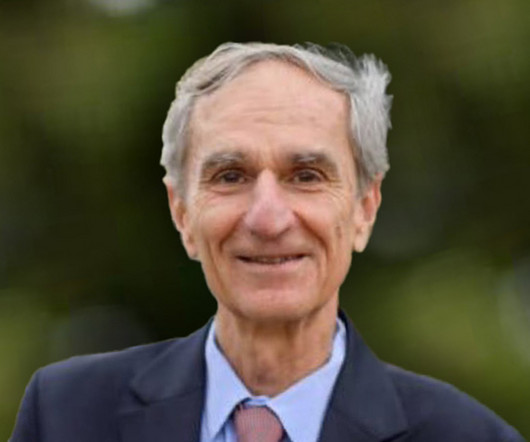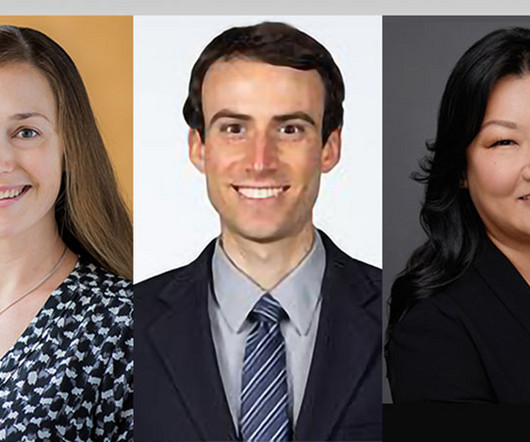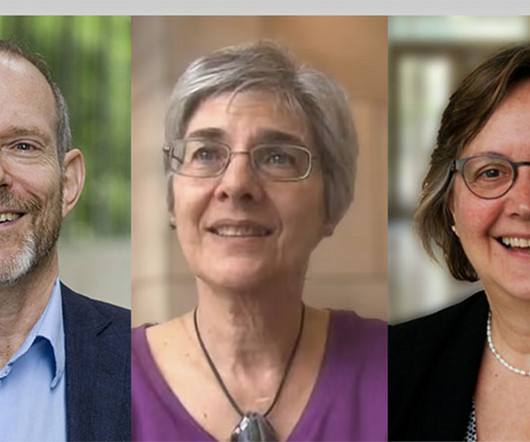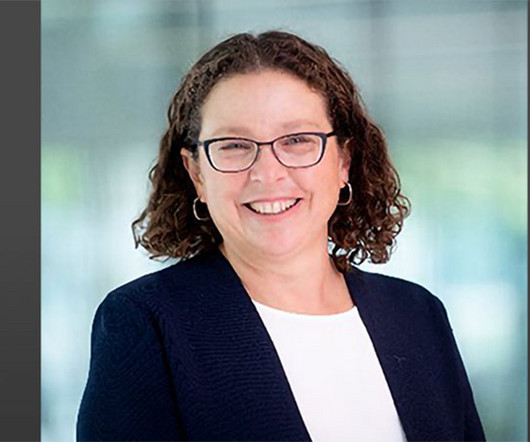Diabetes in Late Life: Nadine Carter, Tamryn Gray, Alex Lee
GeriPal
JUNE 8, 2023
When I’m on palliative care consults and attending in our hospice unit we have to counsel patients about deprescribing and de-intensifying diabetes medications. And we invited Tamryn Gray from the Dana Farber joins us to ask insightful questions, including: What blood sugar range should we target for patients in the nursing home or hospice?












Let's personalize your content